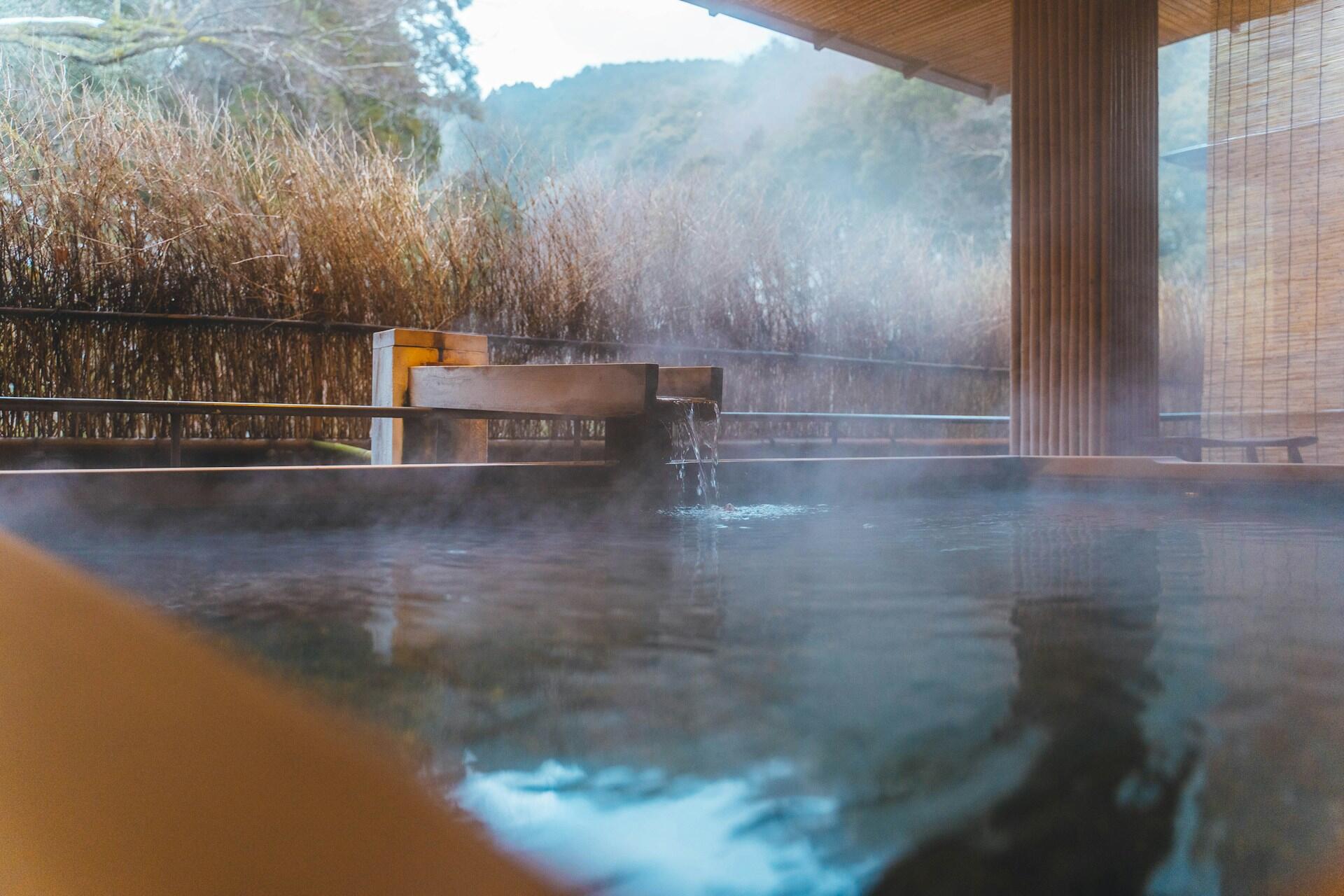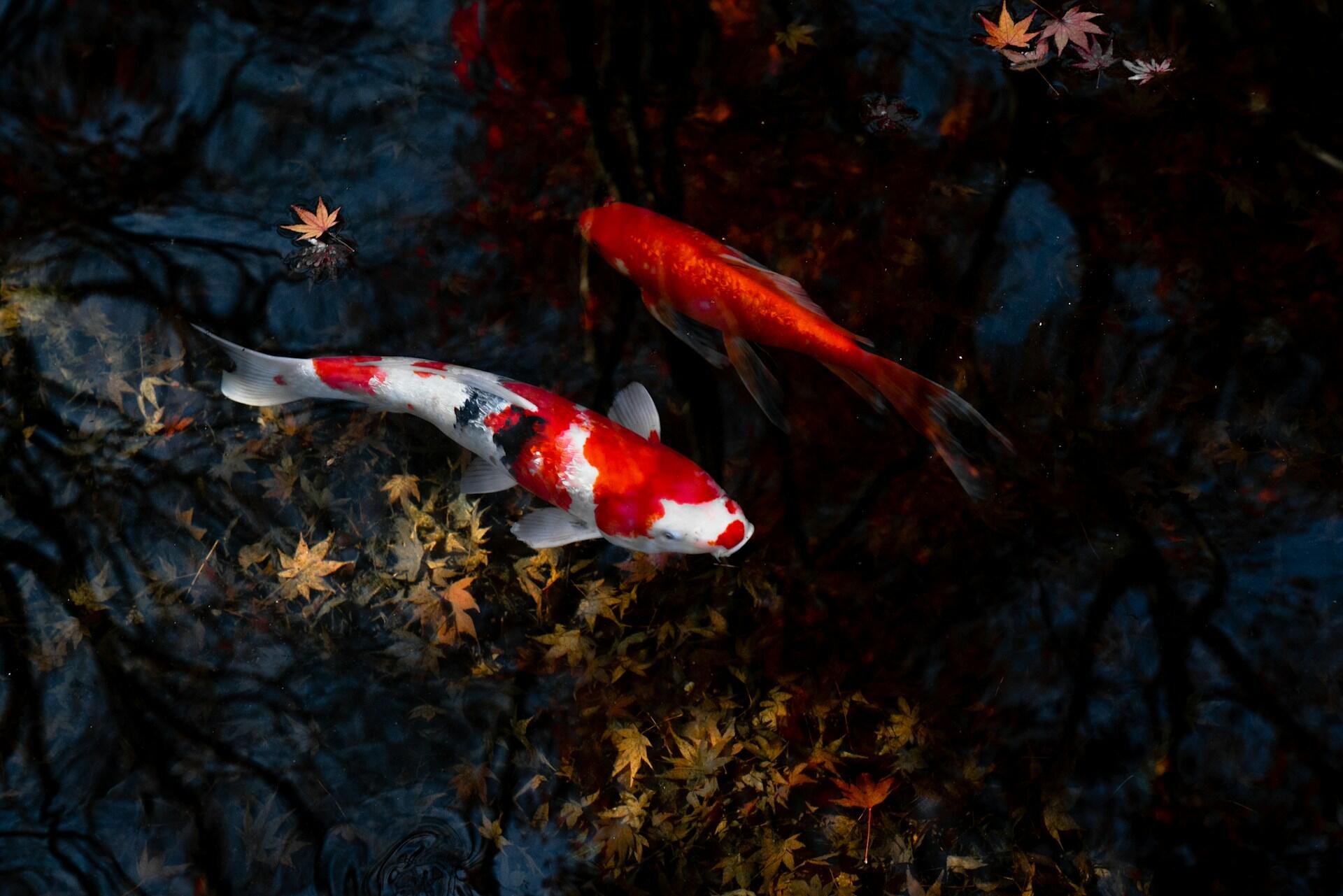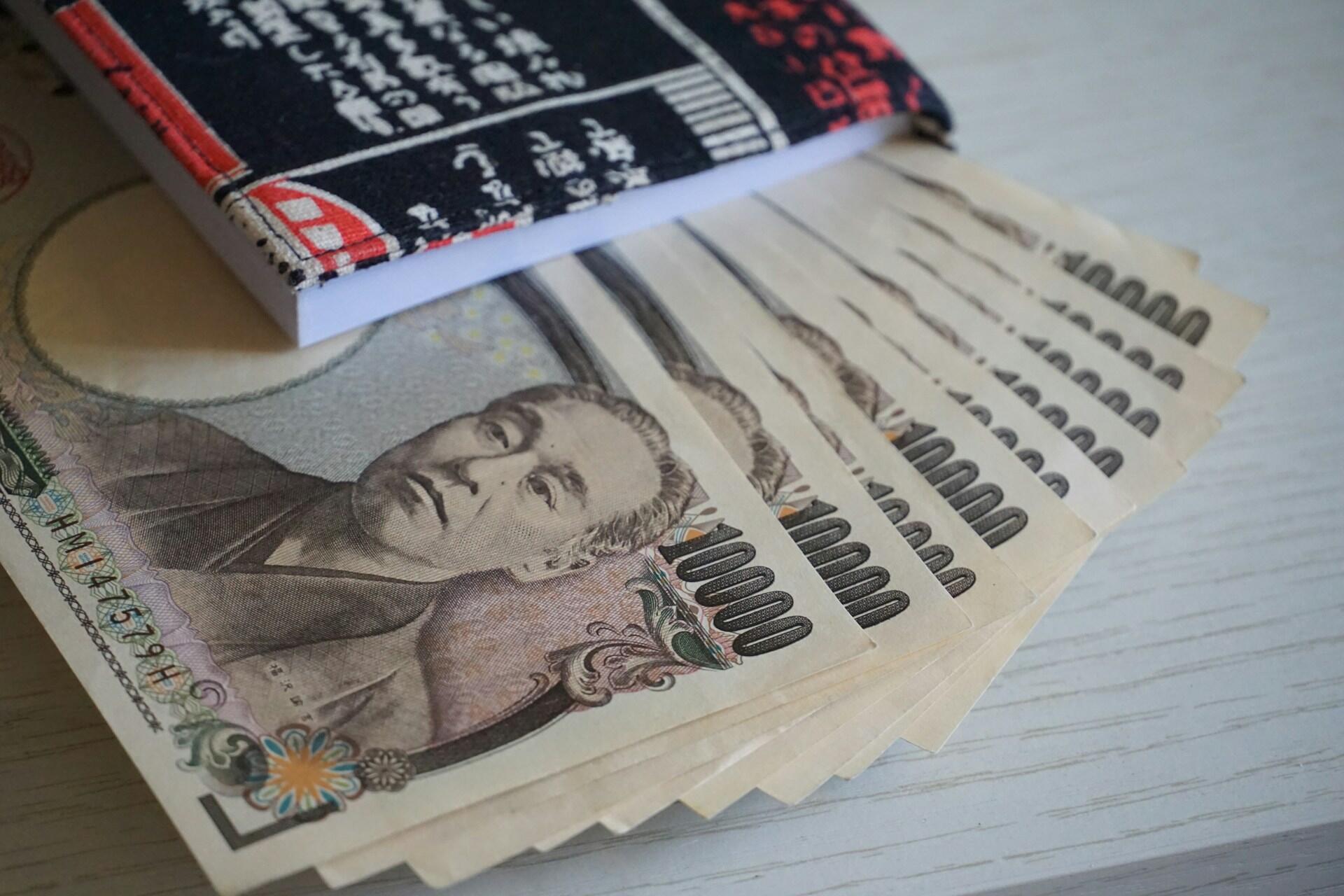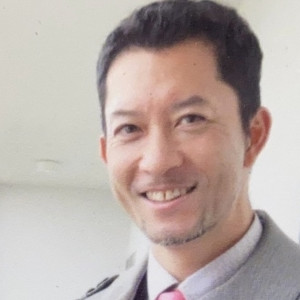The creatures I draw come alive on somebody’s skin.
Horiyoshi III
Thinking about getting a tattoo while in Japan? In Japan, tattoos are a blend of art, culture, and controversy. While tattoos have a centuries-old history in the country, they sometimes carry a stigma. Attitudes are shifting, and younger generations are becoming increasingly open to the idea of tattoos. Here, we'll explore the pros and cons of getting a Japanese tattoo, examine its history, symbolism, cost, etiquette, and what you should consider before getting one.

The Long History of the Japanese Tattoo
Tattoos have been an integral part of Japanese culture for centuries. There's archaeological evidence to suggest that tattooing practices in Japan began in the Jōmon period (10,000 BCE – 300 BCE). The Ainu people of Hokkaidō had tattoos that were deeply tied to their identity and tradition, with women typically receiving tattoos around the age of 12. The Meiji government outlawed tattoos in the late 19th century, but oral histories and photographs have preserved the legacy of this cultural practice.

Tattoos were also part of the everyday lives of Japanese people. Fishermen and artisans often carried protective tattoos linked to animist beliefs. Warriors and labourers wore designs as symbols of courage. By the 5th century AD, however, tattoos were used as a form of punishment, marking criminals and outcasts as such. This stigma still exists to some extent today, influencing the modern attitudes held towards the Japanese tattoo.
Tattoos experienced a resurgence during the Edo period (1603-1868). Merchants and commoners had decorative full-body irezumi designs inspired by woodblock prints and folklore heroes. Firefighters, for example, were famous for their elaborate traditional Japanese tattoos. These were believed to offer spiritual protection against fire.
making it one of the world’s oldest continuous tattoo traditions.
From Art to Taboo: Tattoos and the Yakuza Tattoo Connection
In the late 19th century, the perception of the Japanese tattoo underwent a dramatic shift. Following the Meiji Restoration (1868-1912), Japan sought to transform itself into a modern nation. The banning of tattooing in 1872 was seen as a way for the country to present a "civilised" image to Westerners. At the same time, Britain's future King George V travelled to Japan and returned with a blue and red Japanese dragon tattoo on his arm.
The ban criminalised tattooing, but it did eliminate the demand for it. Artists continued to work underground, producing detailed traditional Japanese tattoos (irezumi) that covered the back, arms, and sometimes the entire body. These full-body designs often feature koi fish, tigers, and dragons, becoming synonymous with strength and resilience.
Wabori refers to full-body Japanese tattoo designs that often extend from the shoulders to the thighs, or cover the entire torso. These tattoos feature flowing scenes of koi, dragons, and mythological figures. Because they were adopted by the yakuza, wabori came to symbolise secrecy and rebellion, and are still sometimes viewed with suspicion in Japan today.
These works of body art would become linked to Japan's underworld. Members of organised crime syndicates, the yakuza, adopted full-body suits as a mark of loyalty, secrecy, and defiance. The yakuza tattoo was so iconic that Japanese society started associating tattoos with criminality. Onsens, gyms, and even beaches and swimming pools still restrict access to those with tattoos.

However, the stigma is slowly shifting, with younger Japanese people becoming more accepting of tattoos, viewing them as fashion statements or art. Tattoos are more common among young adults, though older generations remain cautious. That said, anyone considering a tattoo in Japan should be aware of the cultural significance that ink still holds.
The history of tattoos in Japan is fascinating and complicated.
Is It Legal to Get a Tattoo in Japan Today?
The legal status of tattoos in Japan was ambiguous. Since tattoos involve needles, authorities sometimes argue that only licensed doctors could perform them. This left tattooists in a grey area, with many working quietly despite the growing interest from travellers in collectors.
In 2020, Japan's Supreme Court ruled that tattooing is a form of artistic expression, which doesn't require a medical licence. This decision marked a turning point, officially recognising the work of tattooists and freeing them from the threat of persecution.
since the Supreme Court ruled it as a form of artistic expression.
Yes. Since a Supreme Court ruling in 2020, tattooing has been legally recognised as an art form. Professional tattooists no longer need medical licences, though many still operate discreetly due to cultural stigma.
That said, many traditional Japanese tattoo artists still prefer to work privately. Tattoo parlours in Tokyo, Osaka, and Kyoto may feature some of the world's most respected tattoo artists, but they tend not to advertise.

Traditional Japanese Tattoo Techniques: Tebori and Irezumi
The traditional Japanese tattoo is known as irezumi. This is one of the most distinctive tattoo styles in the world. It features bold outlines, vivid colours, and the kind of mythological imagery often found in Japanese literature. This usually covers large areas of the body, like the back, chest, and arms. Common Japanese tattoo designs include dragons, koi, tigers, and phoenixes, each of which carries a symbolic meaning.
Tebori is one of the most respected application methods. This literally means “to carve by hand” and is a painstaking process where the tattoo artist (horishi) uses a wooden handle fitted with a cluster of fine needles to push ink beneath the skin.
While tebori is more painful and slower than machine tattooing, it is admired for its artistry and authenticity. Large-scale Japanese tattoo sleeves or back pieces, completed with tebori, can take years and require a significant commitment from both the artist and the client.
- Freehand outlines. No stencils
- Wooden handle with steel needles
- Organic flow of design across the body
- Considered more authentic and traditional than machine tattooing
Only a handful of horishi still practice full tebori, which makes it a rare and sought-after experience. Some studios blend tebori for outlines with machines for shading and colour. This offers a balance between tradition and efficiency.
Japanese Tattoo Designs and Their Meanings
Behind a traditional Japanese tattoo lies a wealth of symbolism. Motifs are more than mere decoration, and each tends to carry a specific meaning. Most have their meanings rooted in folklore, religion, philosophy, and Japanese culture. Here's what some of them mean.
In Aotearoa, Māori tā moko is a sacred practice that expresses whakapapa (ancestry) and identity. Unlike decorative tattoos, moko is conferred within cultural protocols. For non-Māori, many artists offer kirituhi, Māori-inspired designs created respectfully for anyone. Just as in Japan, understanding cultural meaning is essential before choosing a design.

The Cost of Getting Inked in Japan
Getting a Japanese tattoo is a significant financial commitment. Prices vary depending on size, detail, and whether you opt for the the machine or traditional tebori method. Most artists charge by the hour so to give you an idea, here are some of the typical rates.
Tattoos and Onsen Culture: What Travellers Need to Know
While tattoos are legal in Japan, there are still cultural attitudes towards them. Onsens and public baths have specific rules associated with them, with many Japanese people still associating them with the yakuza tattoo tradition. Even if you're having a Japanese meal in a restaurant, people may be wary of your visible tattoos. Onsen are more difficult since you can't cover up, but that doesn’t mean travellers are left out. There are several ways to enjoy an onsen even if you’re tattooed:
- Wash thoroughly before entering
- Keep towels out of the water
- Be discreet with your tattoos if asked
- Respect the quiet, communal environment
Pros and Cons of Getting a Tattoo in Japan
Before you make the decision to get inked in Japan, weigh up the pros and cons. You should find inspiration in Japanese cinema or in the work of Japanese tattoo artists first. Ultimately, it's your decision, but it's a good idea to know what you're getting into.

Pros
- World-renowned artistry: Japanese tattoo artists are respected globally for their precision, creativity, and mastery of traditional Japanese tattoo styles like irezumi and tebori.
- Cultural depth: Motifs such as koi, phoenixes, and dragons carry rich symbolism, turning your Japanese tattoo designs into living stories.
- Authentic experience: Receiving a tattoo in Japan connects you to centuries of craftsmanship and tradition.
- Unique travel memory: For many visitors, the process itself is as meaningful as the final tattoo.
Cons
- High cost and time commitment: A medium-sized piece can take dozens of hours and cost thousands of dollars.
- Cultural stigma: Some Japanese people still associate tattoos with the yakuza tattoo tradition, so you may face judgment or restrictions.
- Onsen and gym bans: Even small tattoos can result in refusal at certain hot springs, swimming pools, or fitness centres.
- Language barrier: Not every artist speaks English, so communication can be a challenge unless you learn some Japanese basics or bring a translator.















